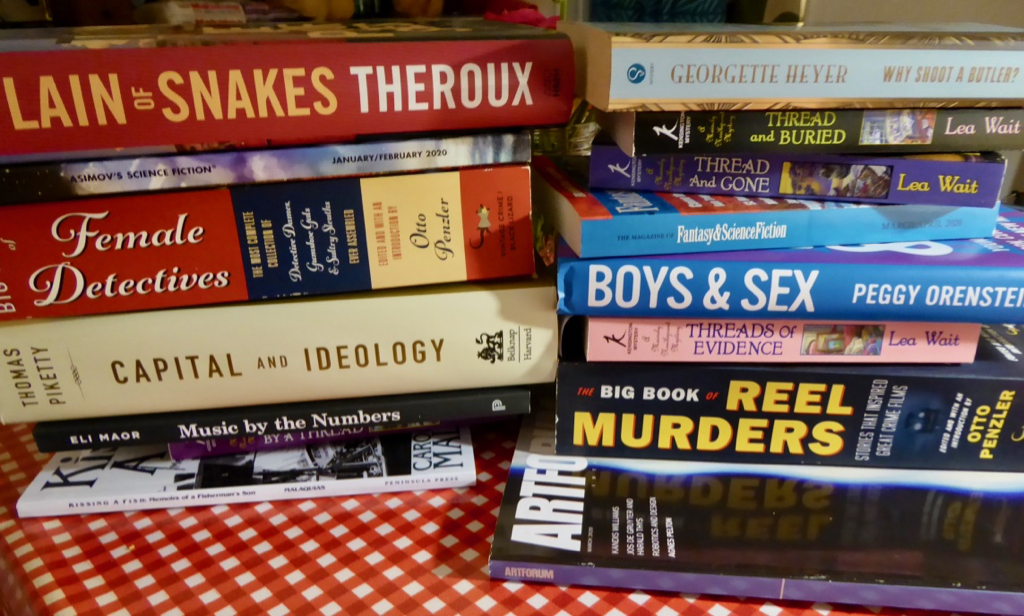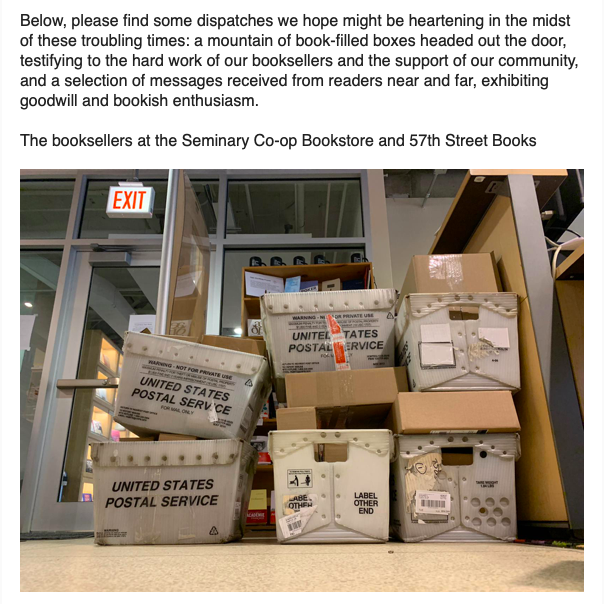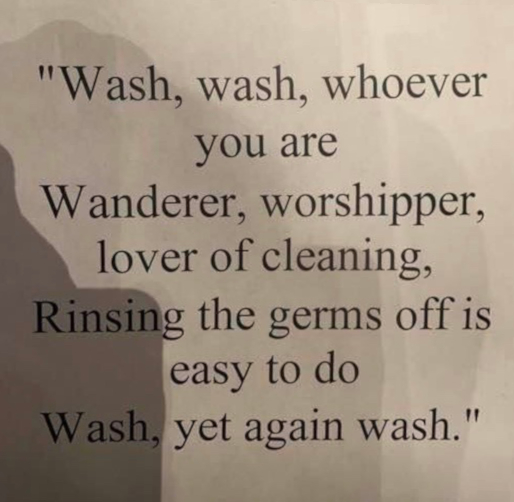For me, the biggest stumbling block for livestreaming worship services has always been copyright issues.
Especially troublesome are hymns.
Many of the most popular hymn tunes are protected by copyright. Even if a tune is in the public domain, the arrangement may be copyrighted (and it can be difficult to find out if the arrangement is, in fact, copyrighted). Even if the arrangement is copyrighted, some people will claim copyright for their typesetting of the hymn. If a hymn is protected in any way under copyright, you’re not supposed to photocopy or project or electronically disseminate the printed version of the hymn; if any part of the music is protected under copyright, you’re not supposed to broadcast audio of it. No, not even if you own hymnals with the hymn: owning a hymnal just allows you to use the hymn in an in-person event such as an in-person worship service.
The solution to this problem: copyright free hymns.
For the past few years, I’ve been collecting copyright free hymns and spiritual songs. I have huge disorganized files (both electronic and hard copy) of public domain tunes and texts and arrangements. I’ve pulled many songs from the great early African American collections, including Slave Songs of the U.S. (1868), the Fisk Jubilee Singers songbook (1873), and Cabin and Plantation Songs, assembled by the Hampton Institute (1901). Although most of the hymns I’ve found are Christian, I’ve also found some good hymns and songs with Buddhist, Jewish, Neo-Pagan, Ethical Culture, or secular content. All the hymns I’ve found would be suitable for use in a Unitarian Universalist worship service; indeed, many of them are public domain versions of hymns in our current hymnal that are protected by copyright in some way.
I’ve just put 24 of these copyright free hymns and spiritual songs in a Google Drive folder here.
I’ll put a list of the songs currently in the folder below. And I’ll be adding more copyright free hymns and spiritual songs as I find time to produce fair copies of the versions I have.
Update, 1/18/2022: I’ve more than doubled the number of hymns and spiritual songs in the Google Drive folder. List of the songs has been moved to a new blog post titled “More copyright-free hymns.”






